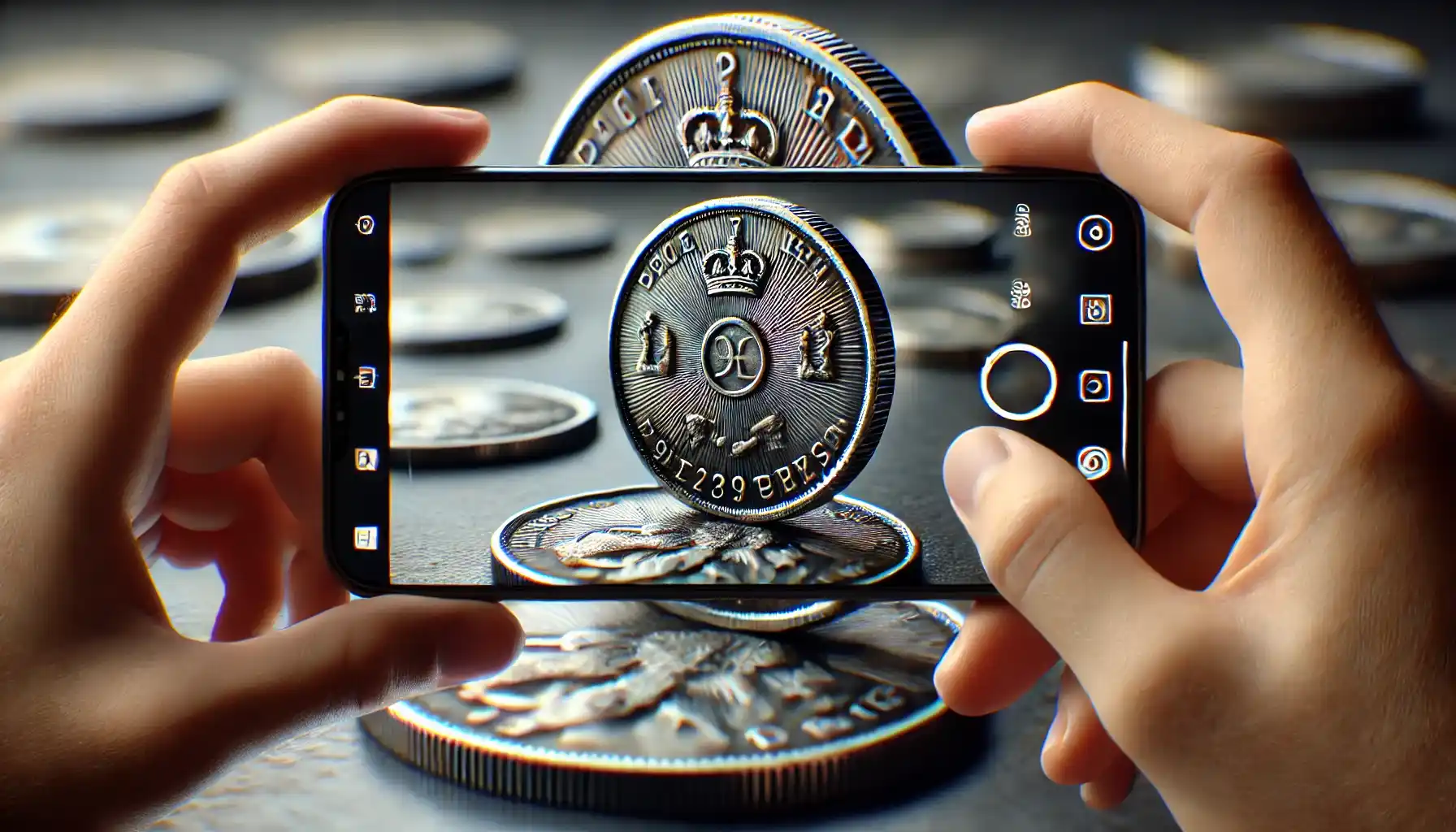A Guide for Developers to Building a Coin Identifier App
"The only way to do great work is to love what you do." – Steve Jobs
"State quarters worth money list"—a phrase that sparks curiosity, much like an old coin discovered at the bottom of a drawer. Could it be valuable? Could it tell a forgotten story? Your app could be the best that turns smartphones into digital numismatists that can be useful in a few seconds.
But how can you create one? Let’s not put the cart before the horse—first, we need to code.
The Art & Science of Coin Identification: Beyond Face Value
A true coin identification app must go beyond basic recognition—it should:
Decipher inscriptions & symbols: Every mark is important.
Detect wear & authenticity: Not every coin is what it seems.
Estimate value: What’s the market willing to pay today?
But here’s the question: How do we teach an app to think like a numismatist?

Best Coin Identifier Apps in 2025: Features & Descriptions
Coin ID Scanner
Best for: Quick and AI-powered coin identification
It uses advanced AI image recognition to instantly identify coins and provide estimated values. It also offers historical information, pricing trends and an easy-to-use interface.
Pros: Fast, reliable, user-friendly
Cons: Some features require a subscription
NGC Coin Explorer
Best for: Identifying professionally graded coins
Developed by the Numismatic Guaranty Company (NGC), this app allows users to verify NGC-certified coins, access a database of U.S. and world coins and check coin values.
Pros: Trusted grading service, accurate valuation
Cons: Primarily focused on graded coins, limited free access
PCGS CoinFacts
Best for: U.S. coin collectors and investors
Maintained by Professional Coin Grading Service (PCGS), this app includes high-resolution images, historical data, rarity insights, and real-time market pricing for U.S. coins.
Pros: Comprehensive data, expert-backed
Cons: Focused mainly on U.S. coins
Coinoscope
Best for: Visual coin recognition worldwide
Uses an AI-powered image search to identify coins from around the world. Users can take a picture, and the app will match it with similar coins in its extensive database.
Pros: Great for international coins
Cons: Accuracy depends on photo quality
Coin ID by U.S. Coin Guide
Best for: U.S. coin collectors
A specialized app for identifying and learning about U.S. coins, e.g., historical and rare issues. Provides mintage numbers, error coin information and grading tips.
Pros: Ideal for U.S. numismatics, beginner-friendly
Cons: Lacks support for world coins
Maktun Coin Identifier
Best for: AI-powered recognition with global coin coverage
Uses AI-based recognition and a vast coin catalog to identify coins from different countries. Also provides estimated values and historical background.
Pros: Easy-to-use interface, large database
Cons: Some premium features require payment
Numista
Best for: Coin cataloging and community interaction
Numista allows users to catalog their collections, trade with other collectors and access an extensive global coin database.
Pros: Great for experienced collectors
Cons: Not focused on market prices or valuations
Step-by-Step Guide: Coding a Coin Identification App from Scratch
Step 1: Choosing the Right Tech Stack
Before the first line of code, ask yourself: Native or cross-platform?
Options:
Native Development (Swift for iOS, Kotlin for Android): High performance but requires separate codebases.
Cross-Platform (Flutter, React Native): Faster development, shared code, but slightly less optimized.
For AI-based image recognition, Python is indispensable, particularly TensorFlow Lite and OpenCV.
Step 2: Implementing Image Recognition
A coin’s story is in its details. To develop a powerful image recognition feature, integrate:
Machine Learning Models:
TensorFlow Lite/Core ML – lightweight models for mobile AI.
Google Cloud Vision API/Azure Cognitive Services – for high-accuracy cloud-based recognition.
OpenCV – for edge detection and pattern matching.
Example Code (Python + TensorFlow):
import tensorflow as tf
from tensorflow.keras.preprocessing import image
import numpy as np
def predict_coin(img_path, model):
img = image.load_img(img_path, target_size=(224, 224))
img_array = image.img_to_array(img)
img_array = np.expand_dims(img_array, axis=0) / 255.0
prediction = model.predict(img_array)
return prediction
Step 3: Enhancing UX with Real-Time Feedback
No one wants an app that lags or crashes—especially not collectors scanning a rare find. Prioritize:
Instant feedback: Use local ML models for quick offline results.
User guidance: Provide hints on lighting and positioning for better scans.
Appropriate UI: Sleek, dark-mode friendly interfaces for late-night discoveries.

Step 4: Connecting to a Coin Database
The app must know what it’s looking at. Connect it to an extensive database, e.g.:
Numista API: A huge database of world coins.
NGC Coin Explorer: High-quality coin grading and valuation.
Custom Database: Build your own for niche collections.
Example API Call (Python + Requests):
import requests
url = "https://api.numista.com/v1/coins/{coin_id}"
response = requests.get(url)
data = response.json()
print(data)
Step 5: Adding Historical & Market Details
Historical Background: "This 1916 Mercury Dime was controversial for its resemblance to a Roman god."
Market Trends: Fetch live prices from auction sites.
Collector Community: Enable users to share discoveries and discuss valuations.
Step 6: Final Optimization & Deployment
Before launching, ensure:
Efficient Performance: Optimize image processing speed.
Security Measures: Protect user data (GDPR compliance!).
App Store Readiness: Meet Google Play & App Store guidelines.
Advanced Features to Elevate Your App
“The details are not the details. They make the design.” – Charles Eames
To truly stand out, consider adding:
Augmented Reality (AR) Features: Users can visualize coins in 3D.
AI-Based Coin Grading: Train your ML model to determine coin condition.
Crowdsourced Data Contributions: Let users help expand your coin database.
Blockchain Authentication: Store coin authenticity on a decentralized ledger.
Beyond Coding: Making It a Digital Excellence
"Opportunities multiply as they are seized." – Sun Tzu
A coin ID app shouldn’t just scan coins—it should inspire. The true challenge isn’t coding but crafting an experience that collectors, historians and casual users will love. Imagine users discovering a forgotten coin, scanning it and learning its history and value—your app could be the key to a new wave of numismatic fans.
So, are you ready to mint the next big thing in numismatics?



